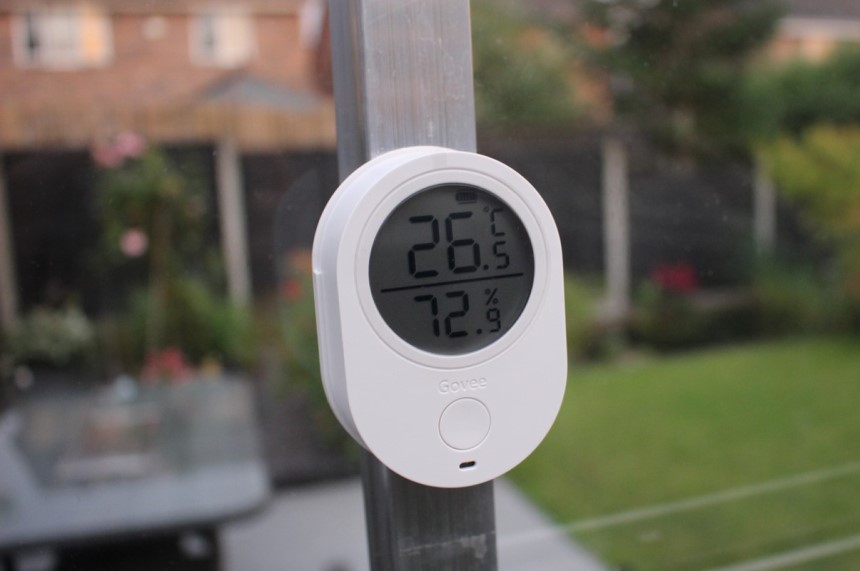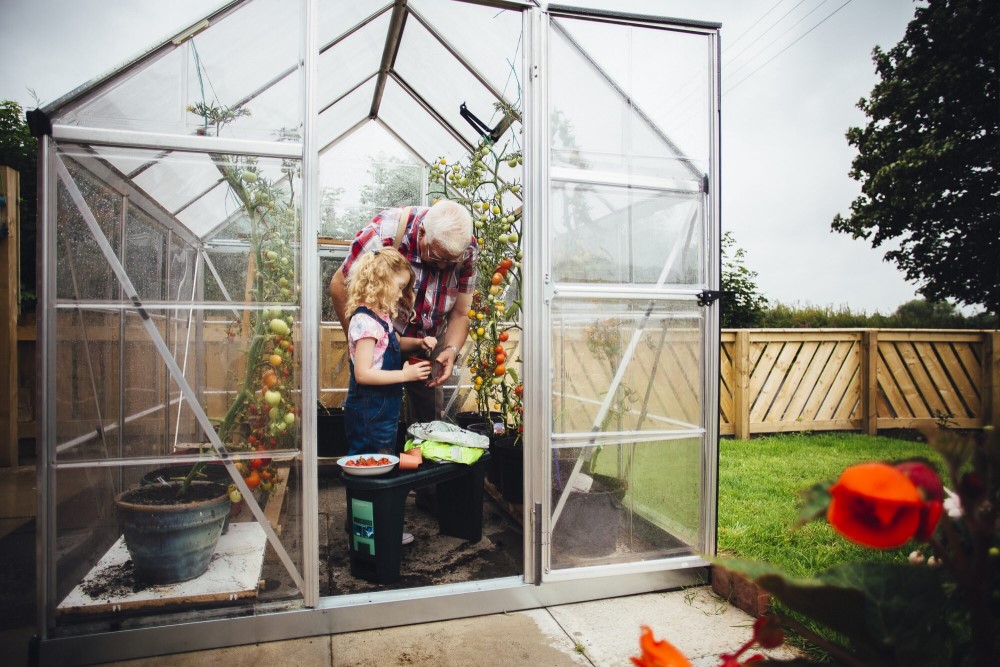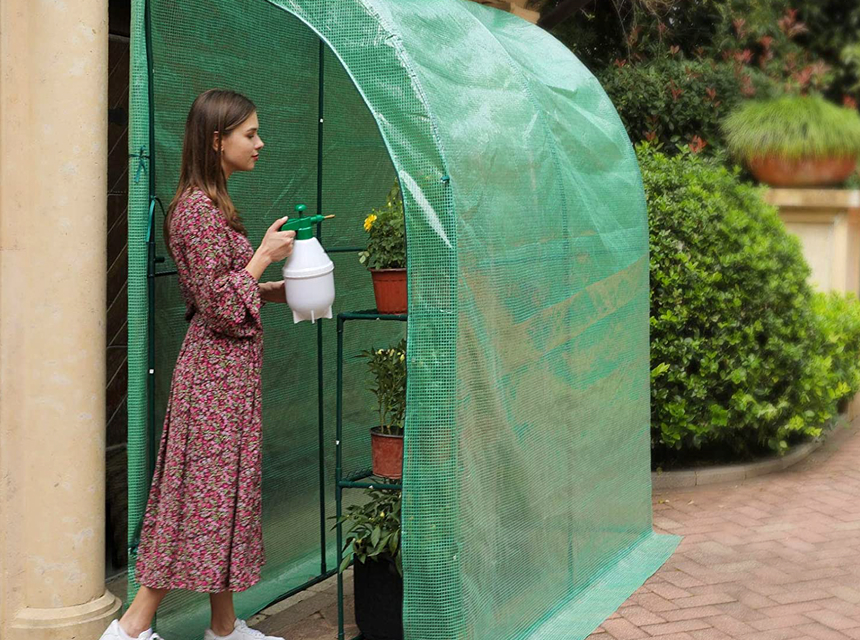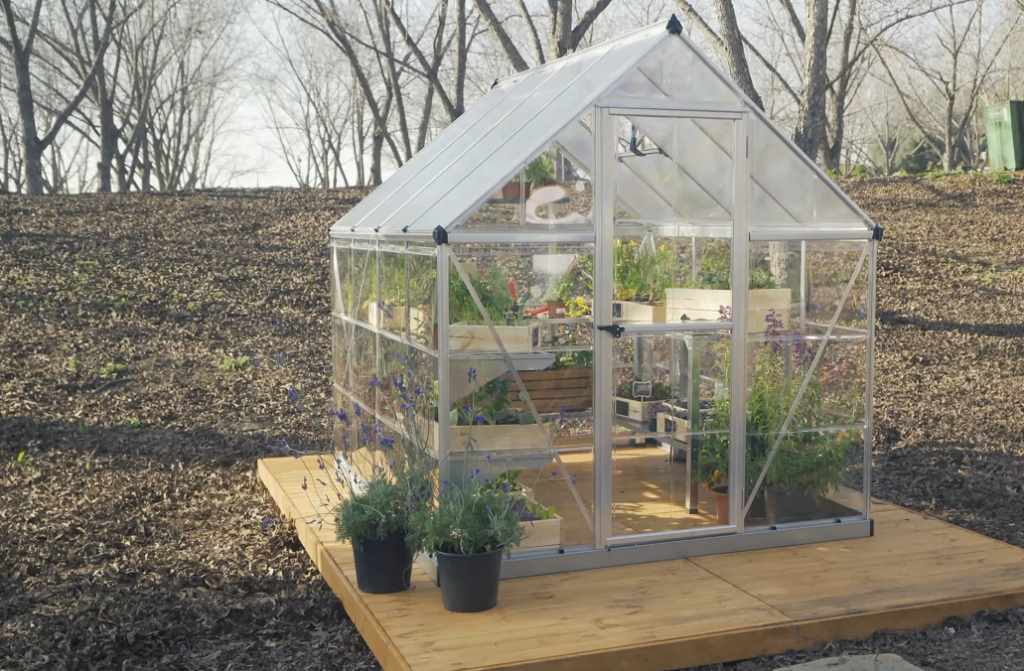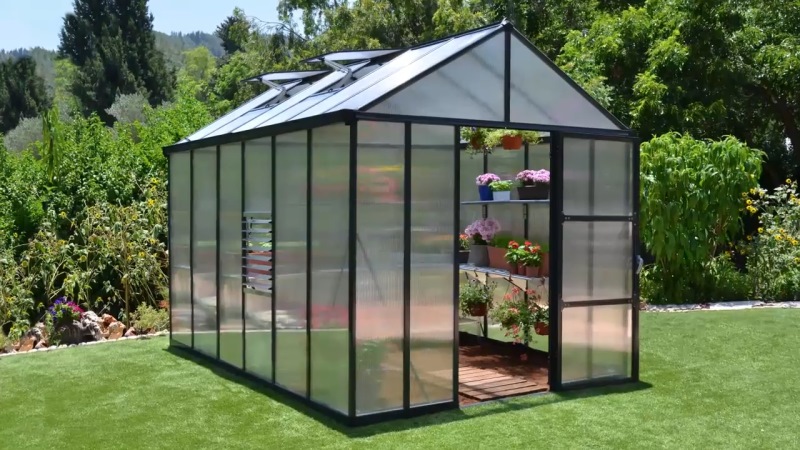
Greenhouse shelving can be said to be the process of attaching shelves to the interior of the greenhouse walls or installing shelves on top of a built-in frame to create a handy storage space for seeds, tools, and pots of plants, flowers, and vegetables. It could also entail placing freestanding, easily relocated benches throughout the greenhouse.
Shelves can be fixed to a wall or other vertical surface, suspended from the ceiling, included in a free-standing frame unit, or included in a piece of furniture like a cabinet, bookshelf, entertainment center, or some headboards. The greenhouse shelving ideas offered here will help you organize and optimize the space.
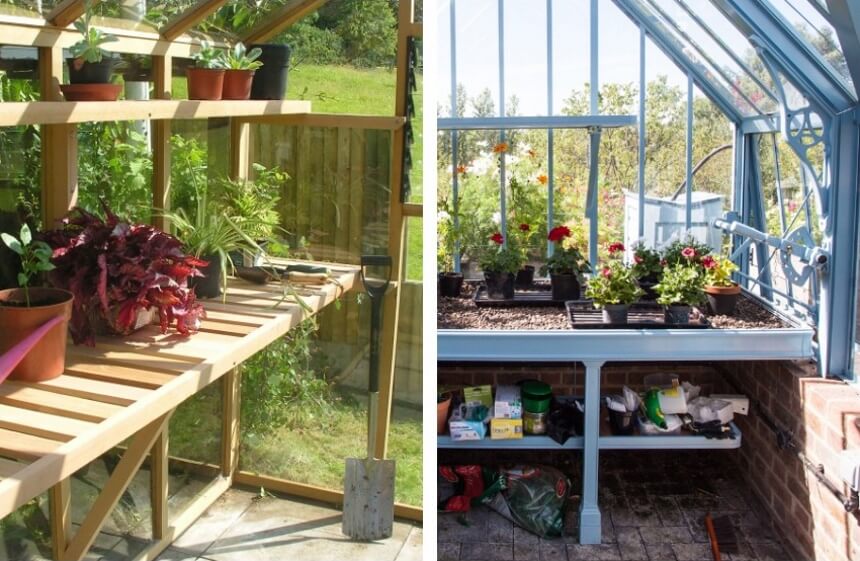
Majority of greenhouse shelves are made from metals like aluminum and steel because they are functional, durable (especially in humid conditions because they are resistant to oxidation), and easy to transport (easy to move around when the plants start growing).
Greenhous shelves can also be made from wood, plastic, or wire, but these materials are much less popular. The main reason for using these materials for shelves is the aesthetics.
There are three important factors to consider before buying any greenhouse shelf. They are:
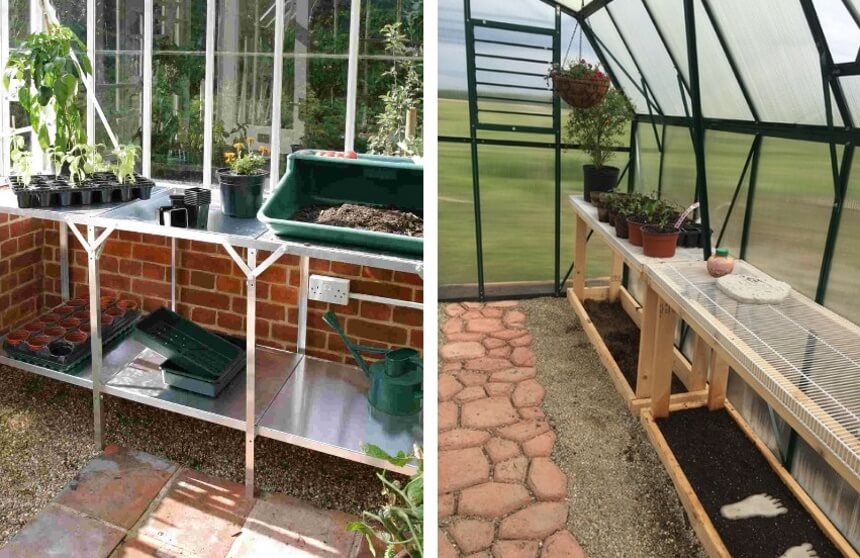
Some suggestions on greenhouse shelving options include:
The benefits of greenhouse shelving are listed below:
DIY shelves are frequently made using repurposed materials, which makes them both economical and useful. Example of materials used for making DIY shelves include dresser drawers, wooden tray, old interior door, colored pencils, plastic crates, hard cover books and many more other materials.
These homemade greenhouse shelves not only turn regular walls into usable storage areas, but they also create a stylish statement.
Many current materials may be transformed into unique shelving with a little imagination and DIY abilities. These DIY greenhouse shelves are made with common materials for less money than prefabricated shelves.
The video below shows the process of building greenhouse shelves yourself.
An alternative to DIY greenhouse shelving is buying a greenhouse kit wit the shelves already pre-installed.
The organization of a greenhouse is very important; its boots the productivity of the farmer by efficiently organizing supplies and tools. It is also said that it contributes positively to the health of the plants. Some tips for organizing a greenhouse include:
Don’t forget to add some grow lights for vegetables for better results!
In recent times, there has been a rise in gardening and farming activities around the globe. One of the reasons for this rise is that growing one’s own produce gives a high level of self-accomplishment. However, because not everyone lives in a warm climate that supports the growth of plants there is a need to utilize greenhouses for the cultivation of plants. Greenhouse shelving aims to arrange shelves of a greenhouse in such a way that it organizes the plants, keeps the greenhouse tidy, and provides a secure and steady environment for the growth of the plants. These greenhouse shelving ideas should be encouraged as it is beneficial to the direct individual as well as the society at large.
